Search results for 'red pigment'
-
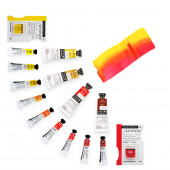
Daler-Rowney Artists Watercolour 15ml Tube
Starting at: £15.00
-
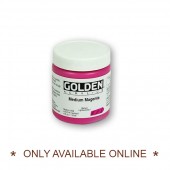
Golden Heavy Body Acrylic 119ml
Starting at: £16.20
-
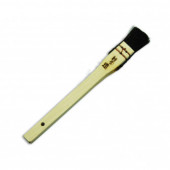
Sosaku Brush 15mm
£6.50 -
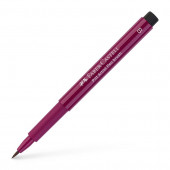
Faber-Castell Pitt Brush Pens
Starting at: £3.65
-
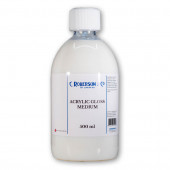
Roberson Acrylic Gloss Medium
Starting at: £11.20
-
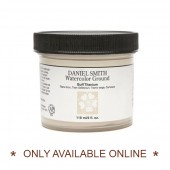
Daniel Smith Watercolour Ground Buff Titanium 4oz
£10.30 -
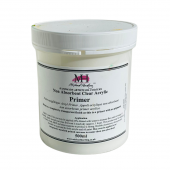
Michael Harding Non Absorbent Acrylic Primer - Clear Transparent
Starting at: £21.20
-
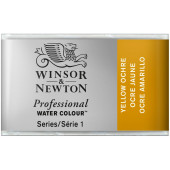
W&N Professional Watercolour Whole Pan
Starting at: £9.55
-
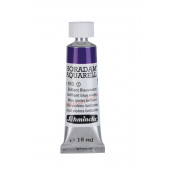
Schmincke Horadam Aquarell, Artists' Watercolour, 15 ml Tube
Starting at: £12.65
-
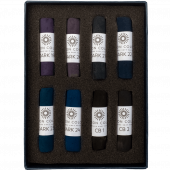
Unison 8 Midnight Assorted Pastels
£45.60
-
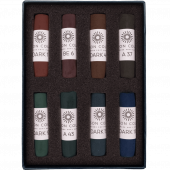
Unison 8 Dark Assorted Pastels
£45.60 -
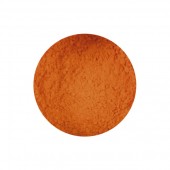
Lead Red Pigment (Minium)
Starting at: £7.30
Call to Order
-
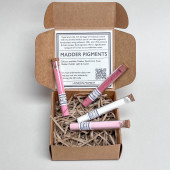
London Pigment, Madder Pigment Set
£40.00Call to Order
-
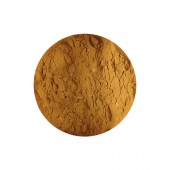
Realgar Pigment
Starting at: £12.75
Call to Order
-
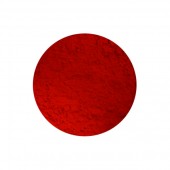
Cinnabar Pigment
Starting at: £16.00
Call to Order
-
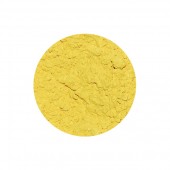
Litharge Pigment
Starting at: £8.00
Call to Order
-
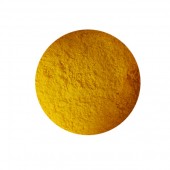
Orpiment Pigment
Starting at: £12.75
Call to Order
-
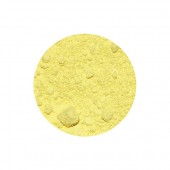
Lemon Yellow Pigment
Starting at: £7.00
Call to Order
-
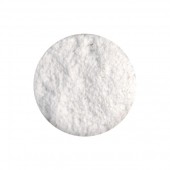
Flake White Pigment
Starting at: £18.75
Call to Order
-
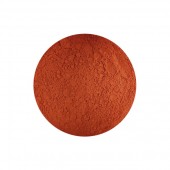
Vermilion Genuine Pigment
Starting at: £17.00
Call to Order
-
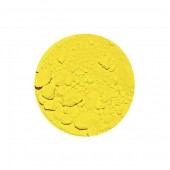
Chrome Yellow Light Pigment
Starting at: £10.00
Call to Order
-
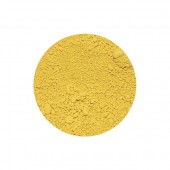
Naples Yellow Dark Pigment
Starting at: £7.40
Call to Order
-
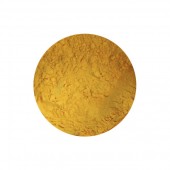
Lead Tin Yellow Dark Pigment
Starting at: £4.80
Call to Order
-
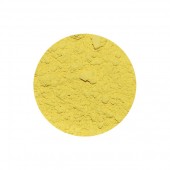
Naples Yellow Light Pigment
Starting at: £7.40
Call to Order
-
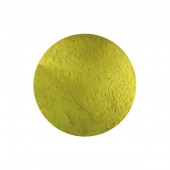
Lead Tin Yellow Light Pigment
Starting at: £4.80
Call to Order
-
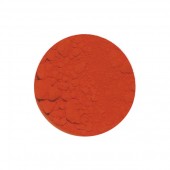
Chrome Yellow Orange Pigment
Starting at: £14.00
Call to Order
-
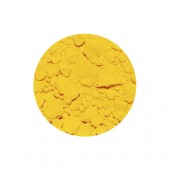
Chrome Yellow Middle Pigment
Starting at: £10.00
Call to Order
-
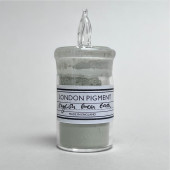
London Pigment, English Green Earth
£30.00Call to Order
-
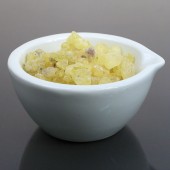
Gum Mastic
Starting at: £20.30
Call to Order




